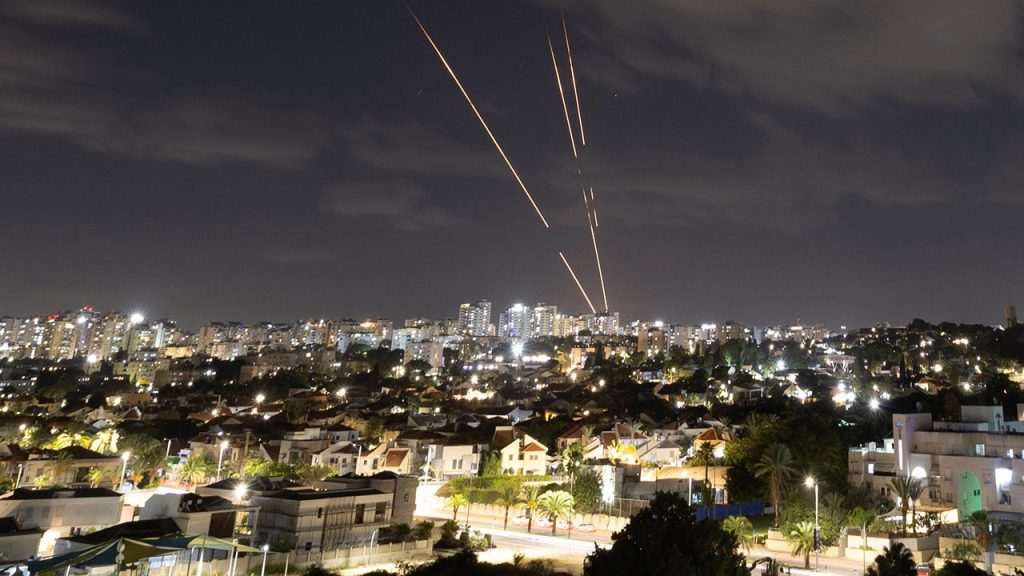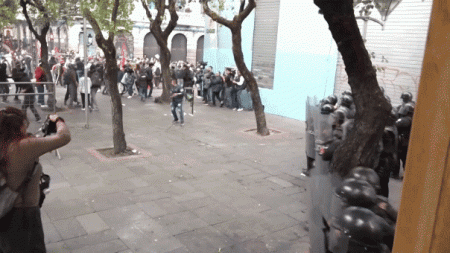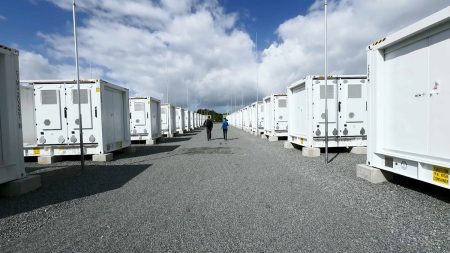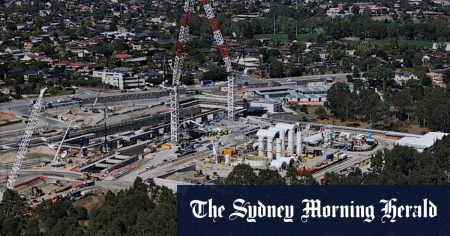As rockets continue to rain down on Israel, Tuesday marked an unprecedented attack from Iran, which fired 181 ballistic missiles toward the country. For an hour, the entire nation took shelter; fortunately, there were no casualties or injuries, thanks to Israel’s air defense system. This system has been crucial in protecting Israeli civilians, intercepting thousands of missiles aimed at population centers. However, some missiles did land at several air force bases and near the Mossad headquarters, although they did not cause “significant damage,” according to the IDF chief of staff. Israel’s air defense strategy extends beyond Iron Dome. Systems like David’s Sling and Arrow 2 and Arrow 3 provide defense against medium- and long-range missiles, and these systems have also been crucial in the current conflict. Israel Air Force Reserve Brig. Gen. Doron Gavish explains that the multi-layered defense structure was designed to handle a wide range of threats. “We’ve used David’s Sling to intercept rockets from Lebanon, and Arrow 3 to counter ballistic missiles from Iran. It’s not just Iron Dome – it’s a network of systems working together.”
While the Iron Dome wasn’t extensively utilized against Iran, its operators have kept busy keeping Israel safe since the start of the war on Oct. 7 last year. “The Iron Dome has done incredible work, but, like any defensive system, the extended, high-intensity fighting has taken its toll on it – it wasn’t built for a conflict of this length and intensity,” Hilla Haddad Chmelnik, an aerospace engineer who played a key role in developing Iron Dome, and who acknowledges that the system is being tested in ways it was not originally designed for. Haddad Chmelnik, who also served as director-general of Israel’s Ministry of Innovation, Science, and Technology, emphasizes the need for ongoing innovation to keep up with evolving threats. And with Lebanon and Israel’s escalating fight with Hezbollah, the need for the system is greater than ever, she says. Just this last week alone, hundreds of rockets, missiles and UAVs were launched against Israel from Hezbollah in Lebanon. While Hamas’s rocket supply in Gaza has been largely depleted, the situation in Lebanon is very different. Hezbollah is believed to have perhaps 140,000 rockets, and they are much more sophisticated than those used by Hamas and can penetrate much deeper into Israel.
Iron Dome was first deployed in 2011, following years of development in response to the growing threat of rocket fire from Gaza. What sets the system apart, Haddad Chmelnik says, is its innovation and simplicity. “It’s a brilliant technology that no other country has. Iron Dome was developed with the support of the U.S., and now we’re seeing other nations buying it for their own defense.” Indeed, the success of Iron Dome has attracted international attention. Countries such as the United States, Canada, the United Kingdom and Finland have purchased Iron Dome components or batteries. “Israel is the most protected country in the world when it comes to air defense,” Haddad Chmelnik explains. “Now, we are seeing countries across the globe investing in it.” Israel Air Force Reserve Brig. Gen. Doron Gavish, former commander of Israel’s Air Defense Corps, recalls the initial skepticism surrounding the project. “Before Iron Dome, we had no real answer to these types of rockets,” he says. “People doubted we could create an effective, cost-efficient interceptor. But the system has proven itself over the years. Iron Dome has intercepted thousands of rockets.”
Half of Iron Dome operators are women, who agree to extend their service to three years – the same as is mandatory for men – to accommodate the long period of training. “The experience these soldiers have gained under fire is invaluable. But the pressure is enormous,” Brig. Gen. Gavish says. “It’s not like a video game. You’re making real-time decisions on which rockets to intercept. These soldiers know they’re protecting their families, their cities – sometimes even their own homes.” But the current conflict, which has seen more than 20,000 rockets fired from Gaza and Lebanon since October 2023, has pushed the system, and its operators, to their limits. “When we designed Iron Dome, we never imagined it would have to function under such continuous strain,” Haddad Chmelnik says. “The system was built for short, intense bursts of fighting – not for a war that lasts nearly a year.” In recent months, some enemy rockets have slipped past the defenses, causing destruction in northern Israel. “No system is hermetic,” Gavish says. “There is no perfect defense. The reality is, the longer the war continues, the more pressure the system is put under.”













